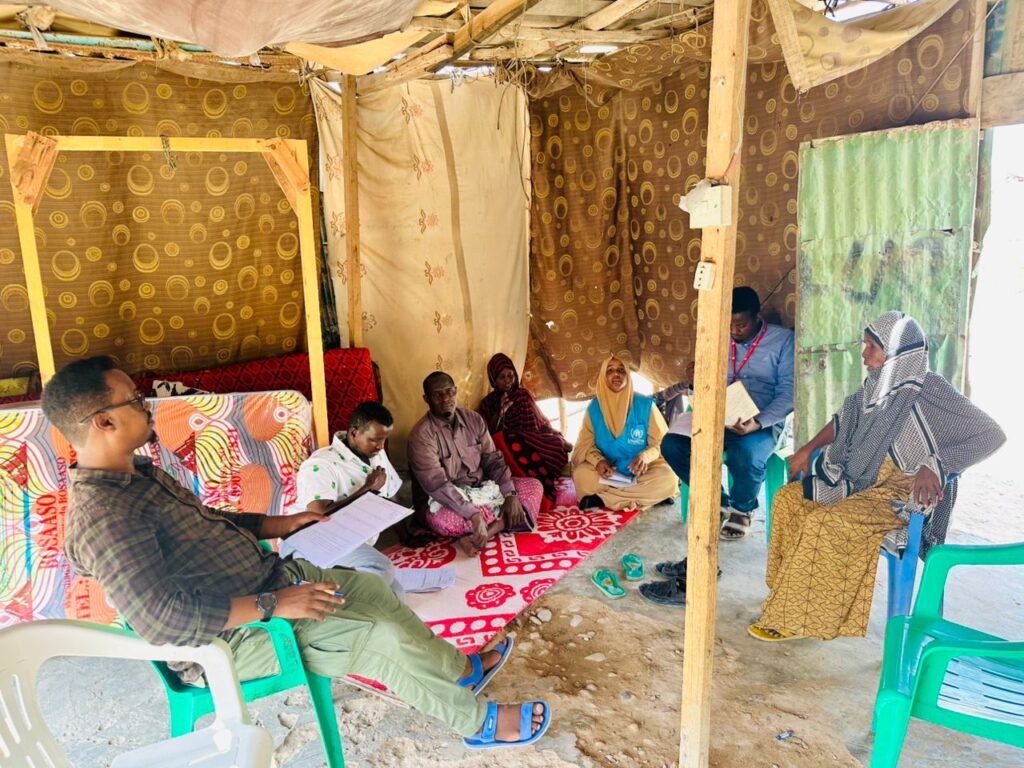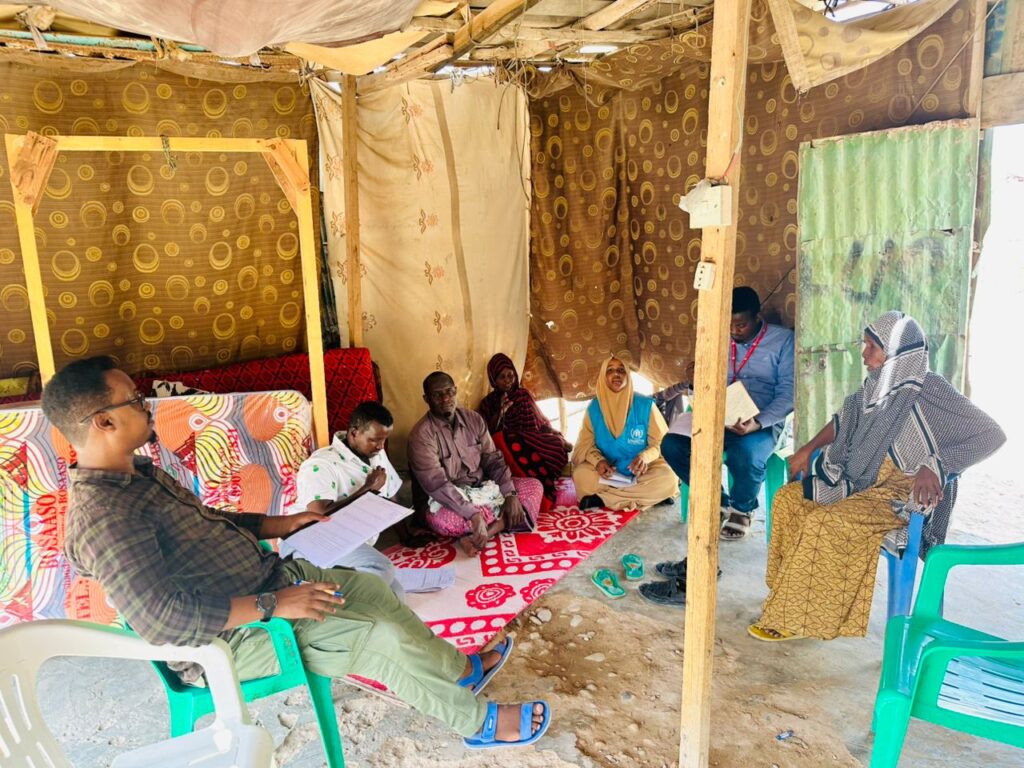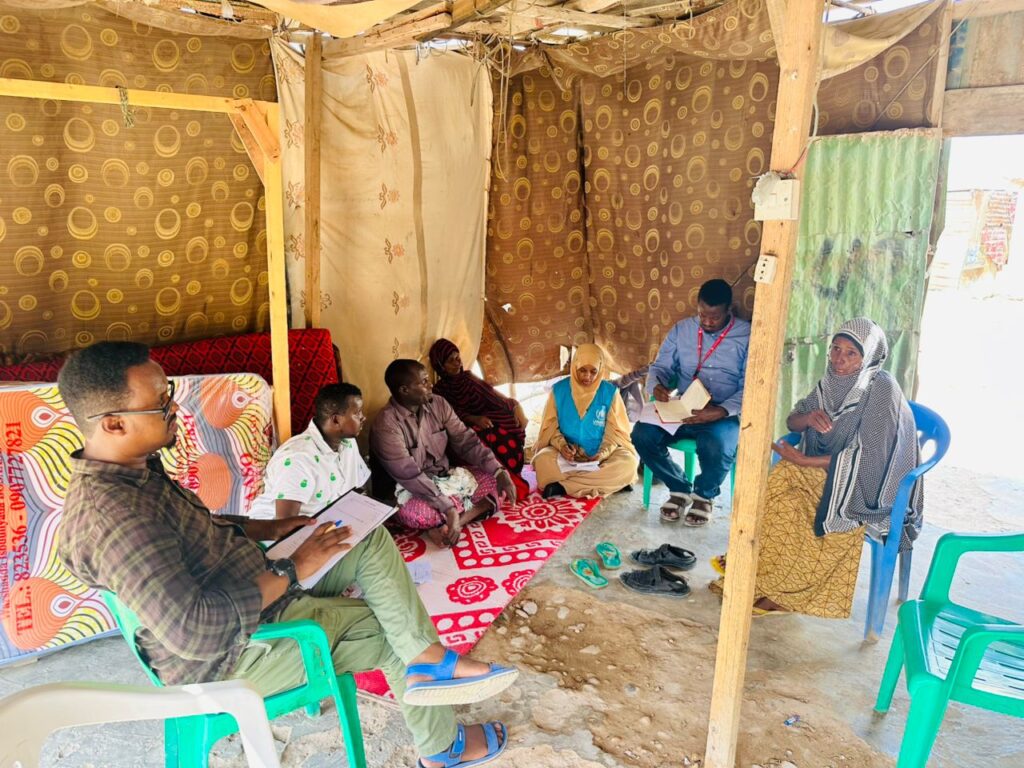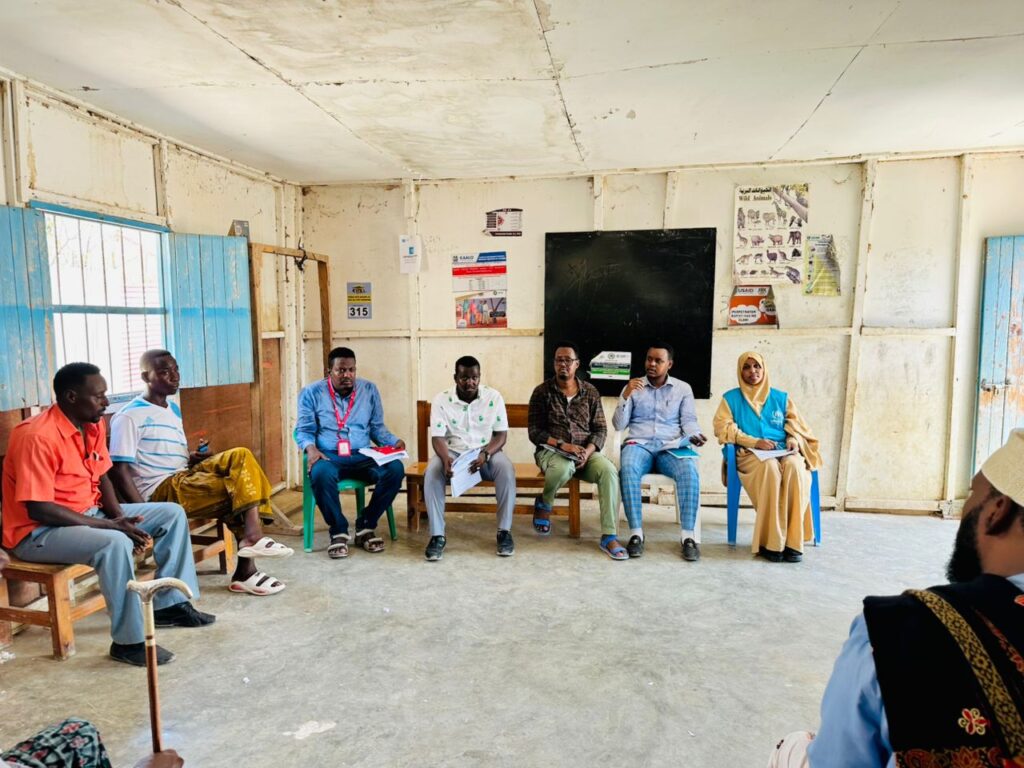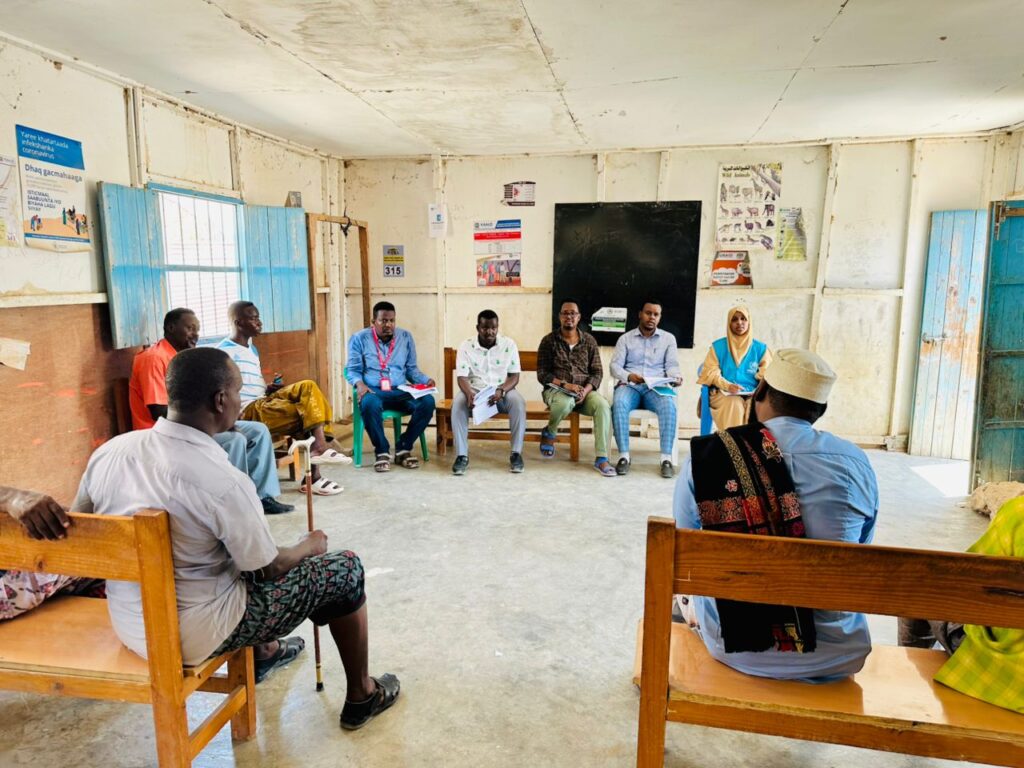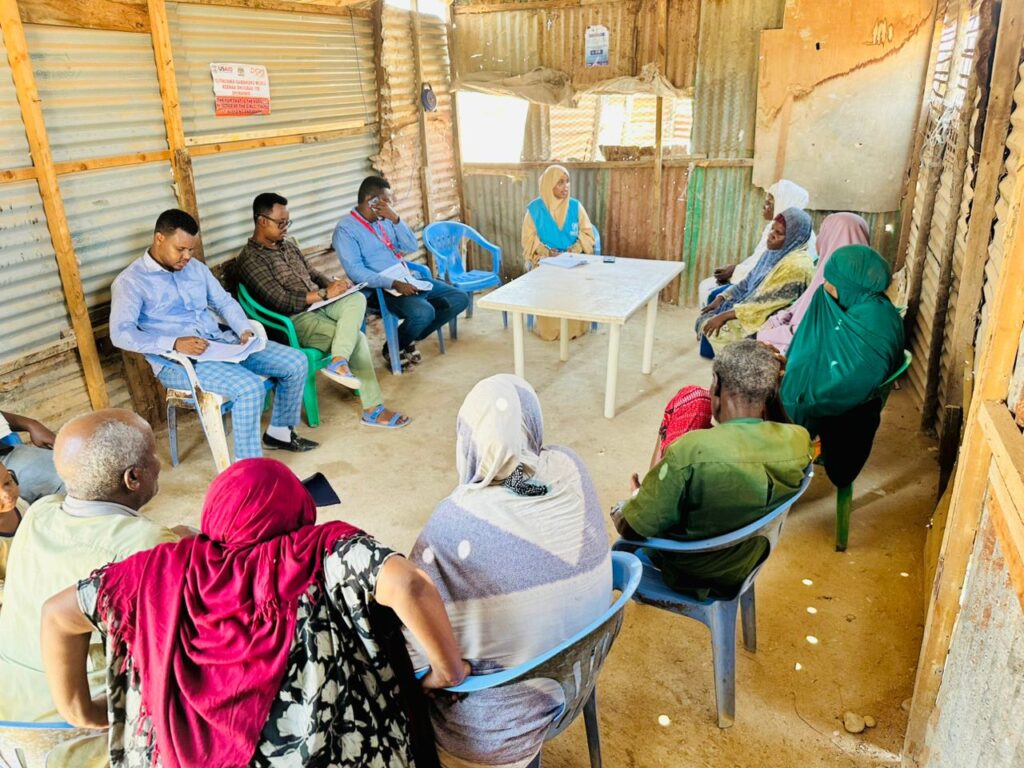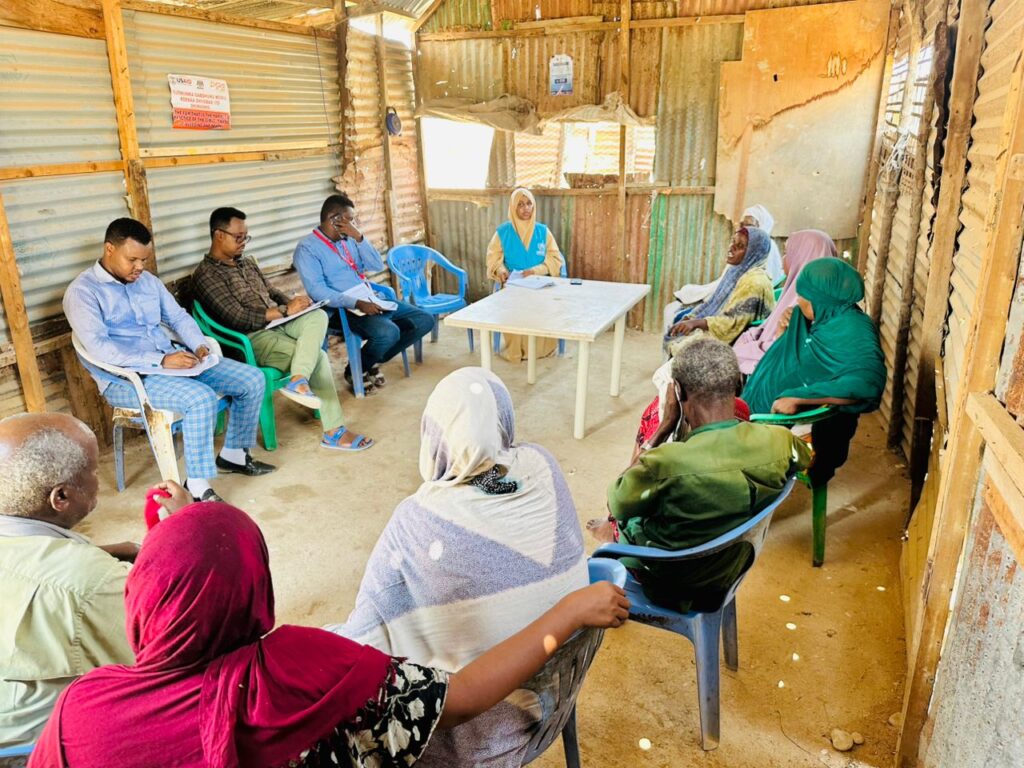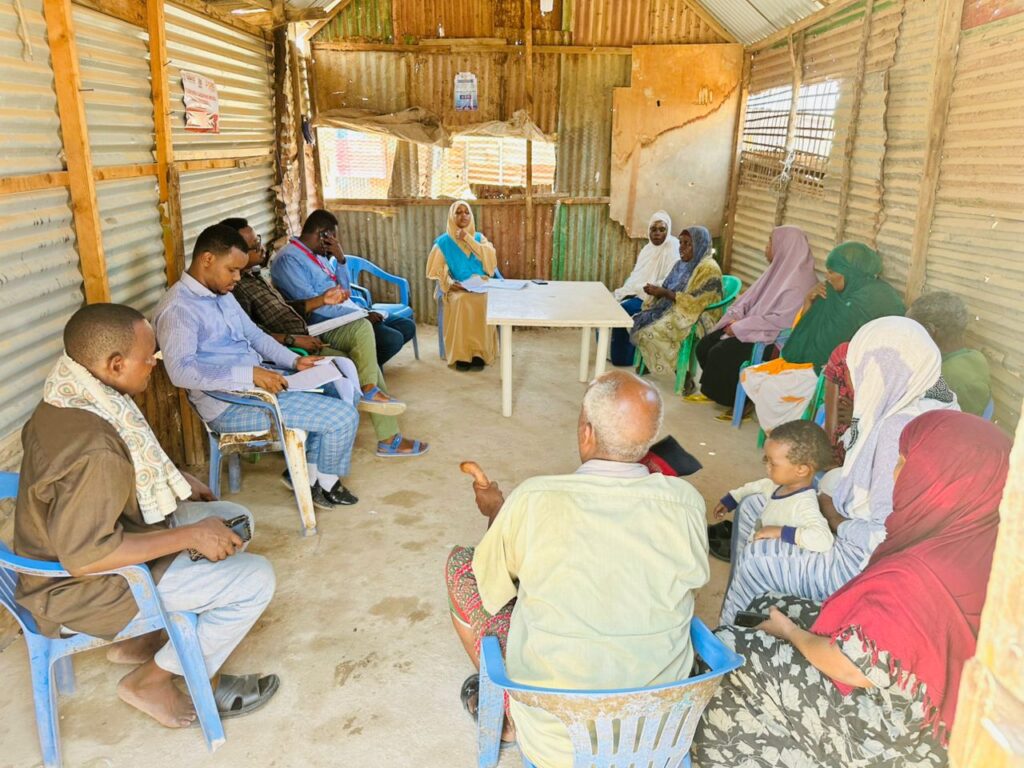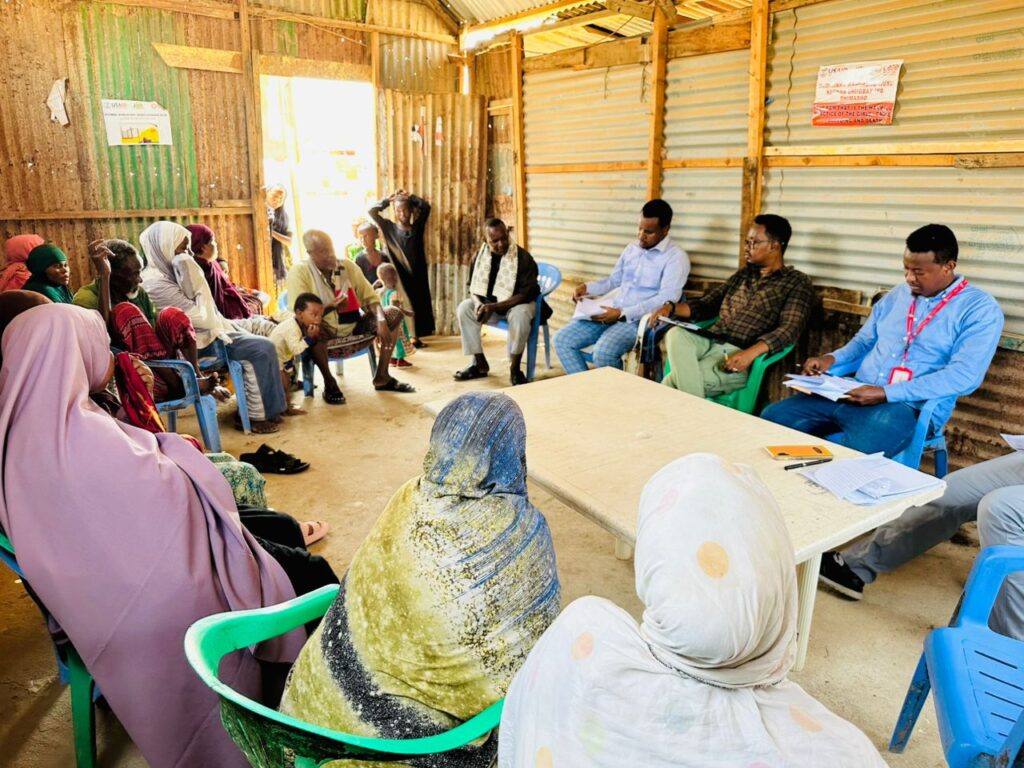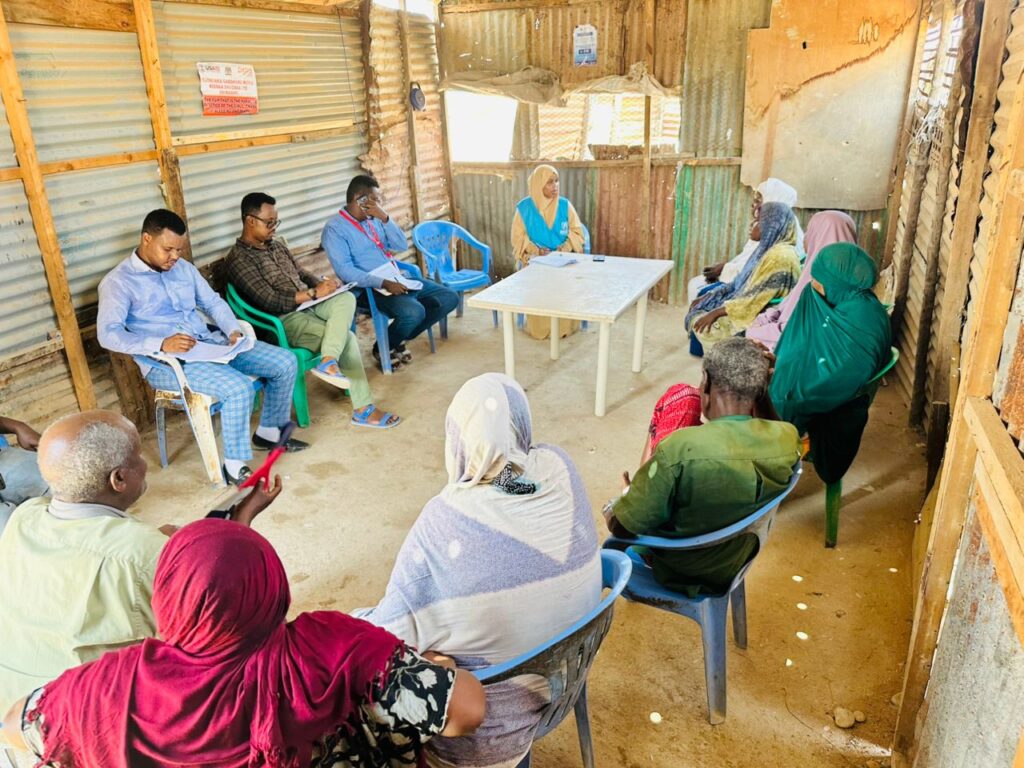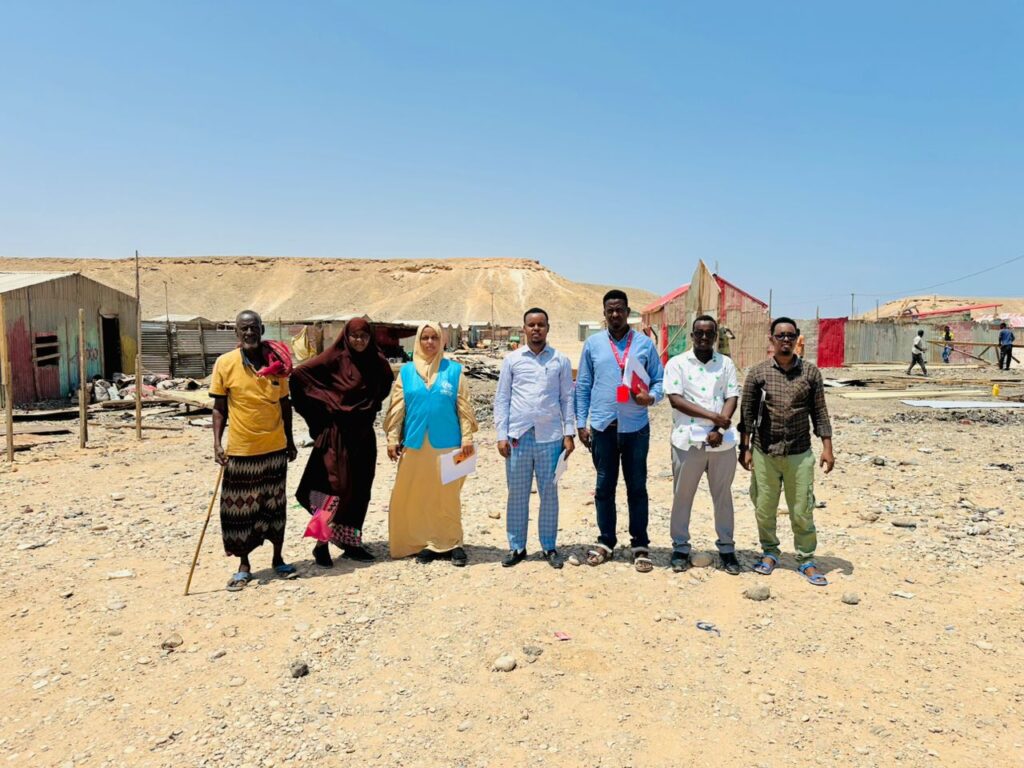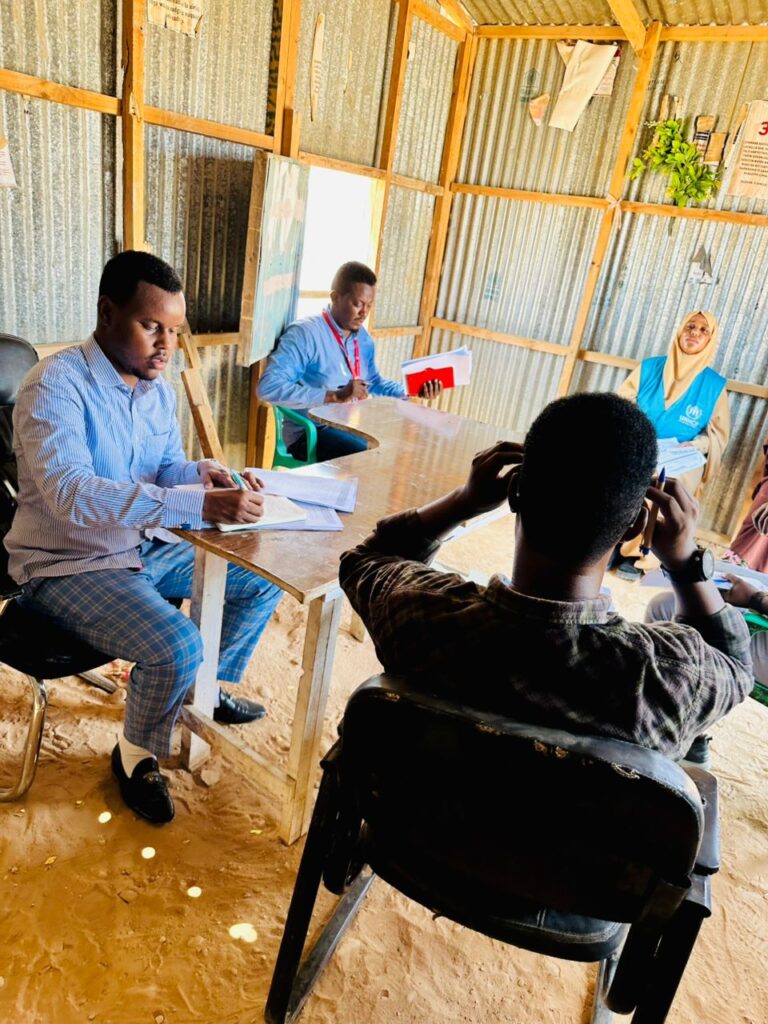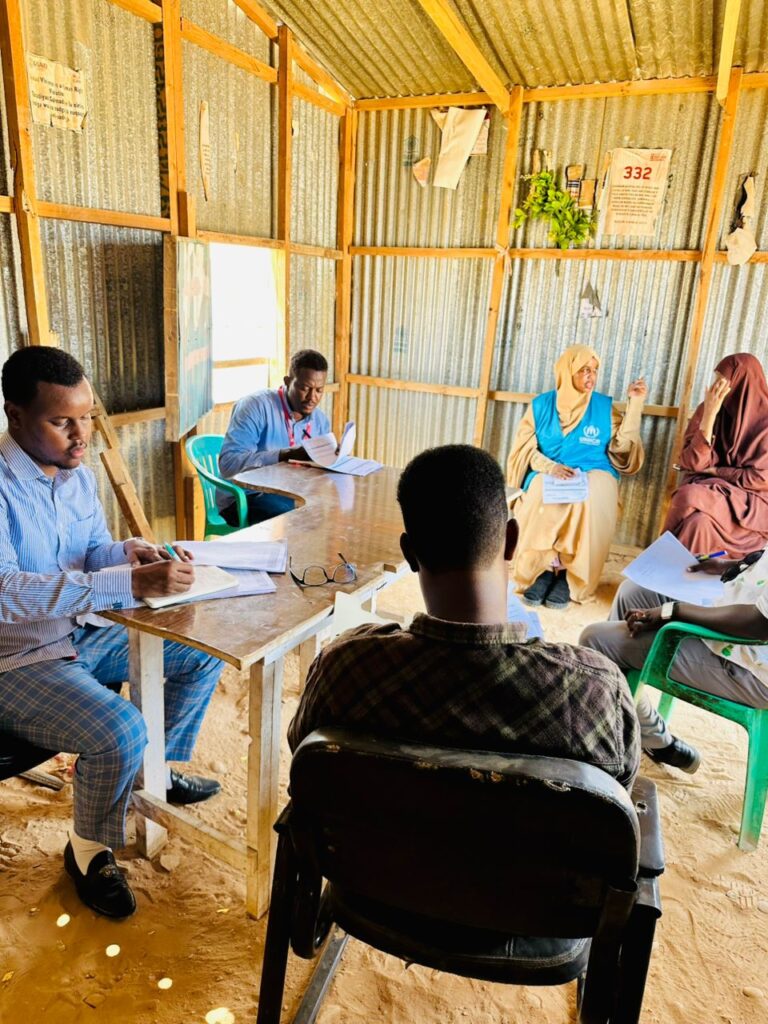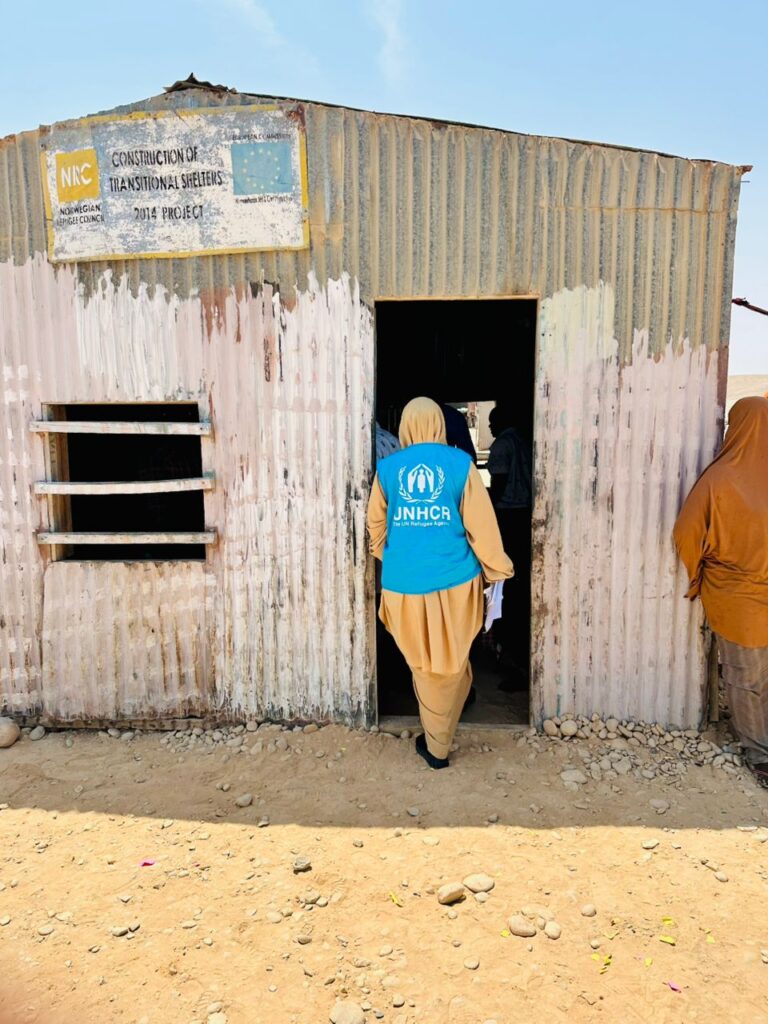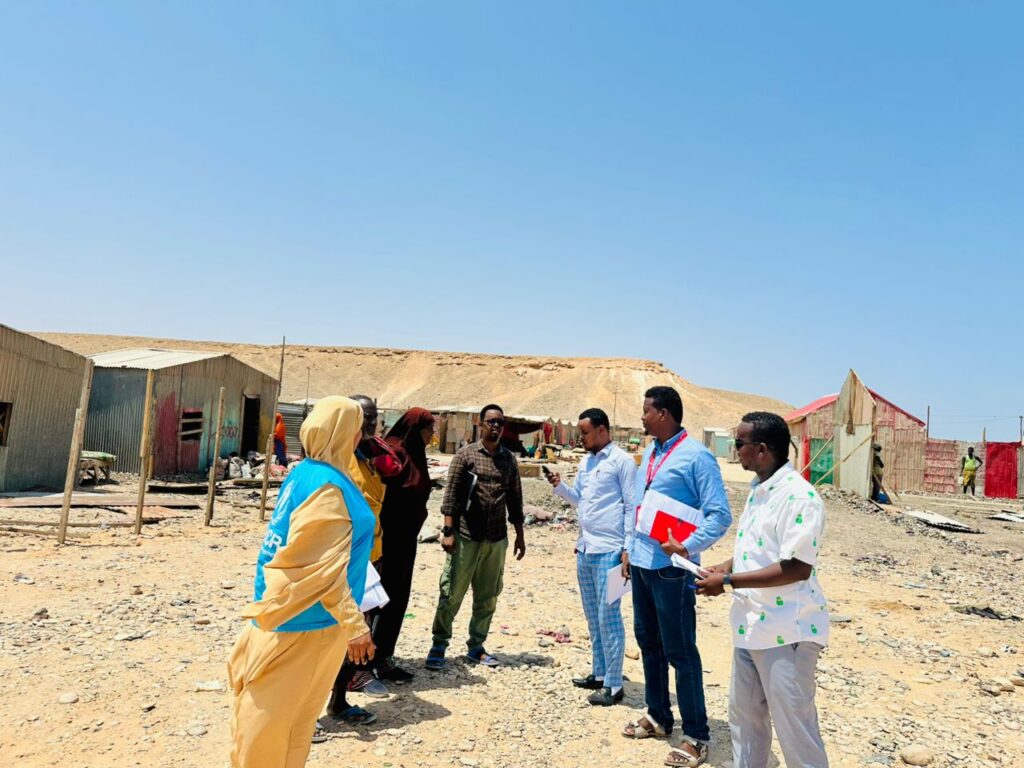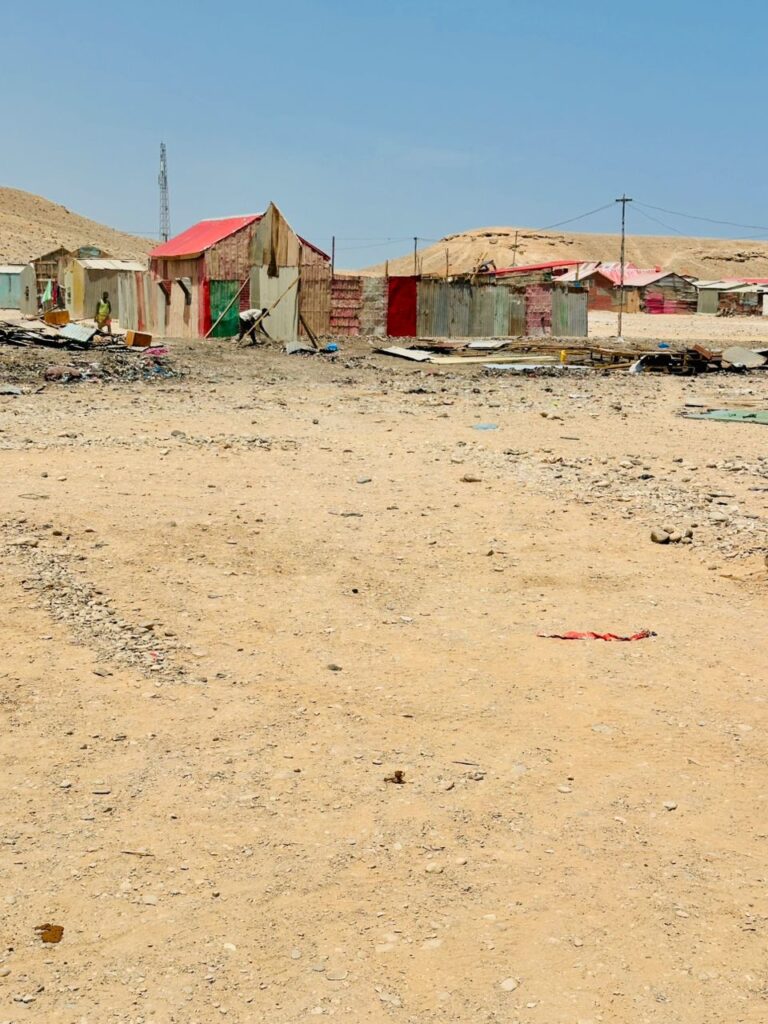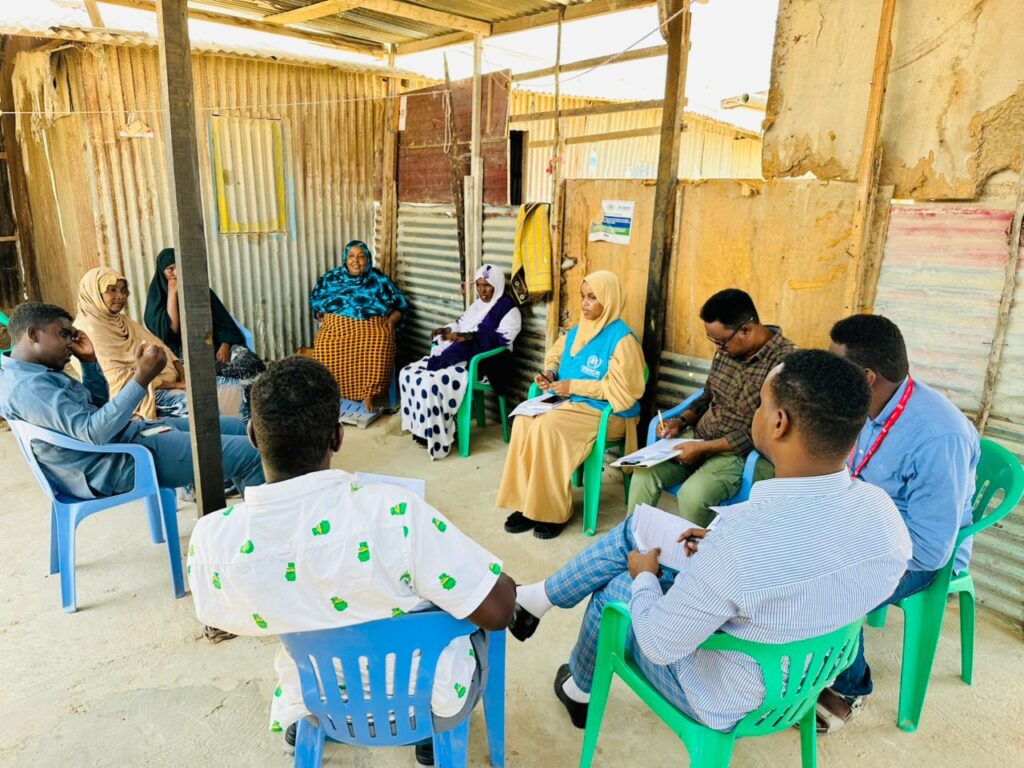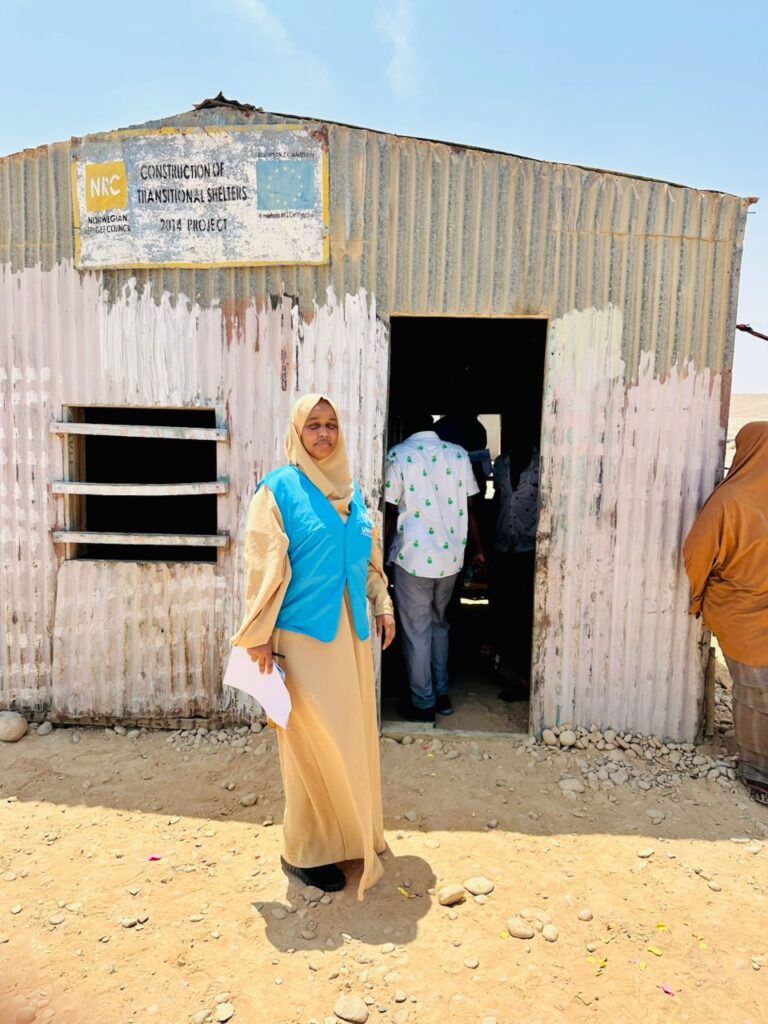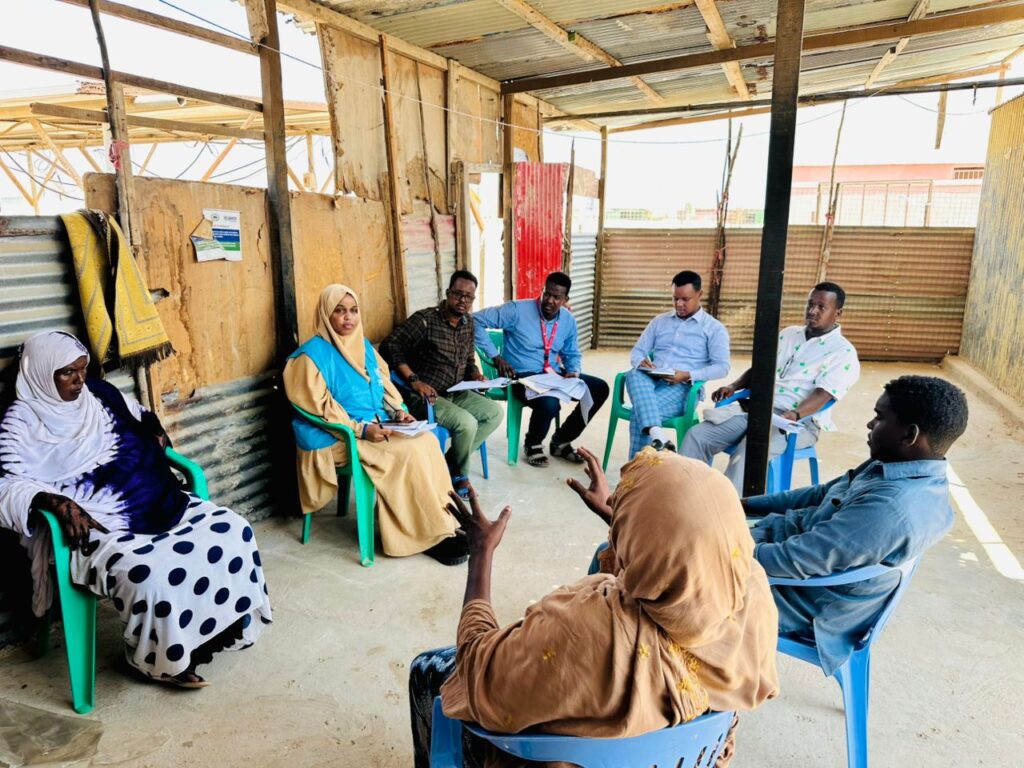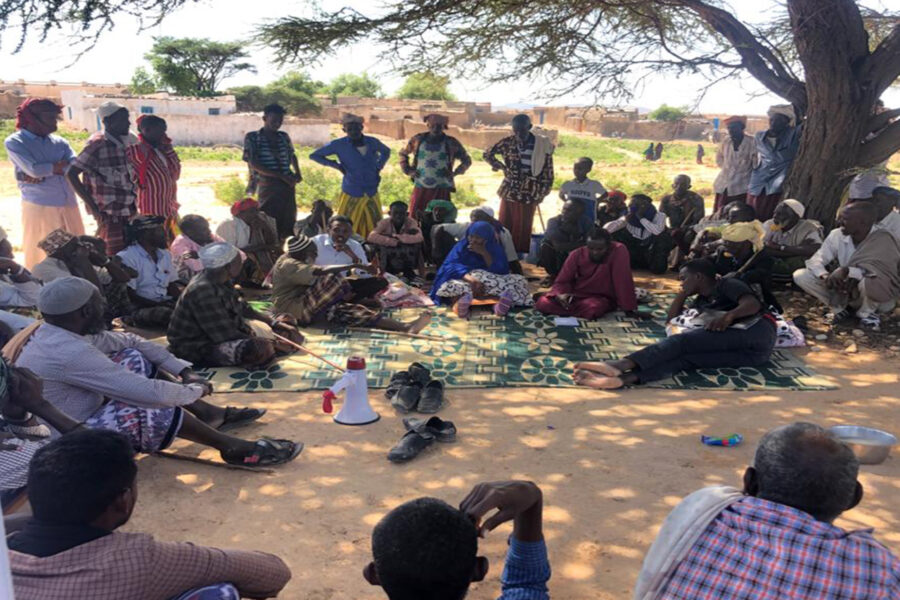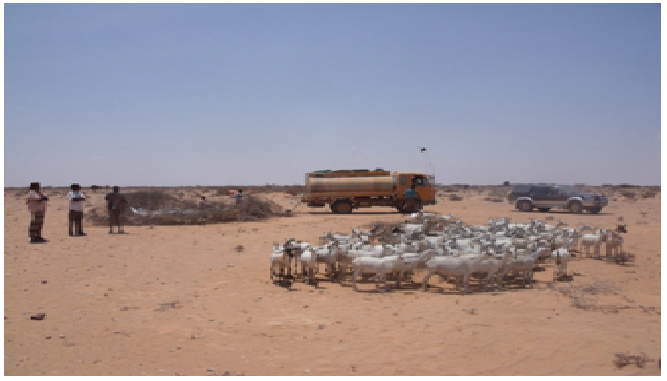| Date of assessment | 26- Sept-2024 |
| Assessment target areas | Buulomigis, Waaberi, Ajuuran, Alkheyr, Biyokulule, Buulooelay, Buurgaabo |
Team (A) Assessment report
Introduction
There were gaps in emergency interventions and response for a number of years when the interagency meeting and assessment wasn’t set up because drought-affected households and IDPS in the Bari and Sanaag region weren’t receiving adequate support. UNOCHA organized an Area Based Coordination Meeting on September 25, 2024, with the goal of bringing together pertinent parties from different organizations in Bari and Sanaag to discuss, coordinate, and align efforts related to the humanitarian context by promoting cooperation and communication.
Launching the inter-agency assessment on September 26, 2024, with an emphasis on Bosaso, was one of the meeting’s action points. Its objectives were to ascertain the existing state of affairs and to identify gaps and difficulties throughout the target evaluation areas. Finding the urgent needs that are in need of quick attention and response is the main goal of this assessment. Numerous sectors were included by the assessment, such as food security, education, shelter, health, nutrition, and water, sanitation, and hygiene.
This assessment therefore focuses on food security in Bossaso. The assessment was carried out by the following organizations:
- Al Ta’awun Social
Methodology
Interviews with disadvantaged households were given priority during the assessment, which used a house-to-house visitation method. This involved observation, interviews, and group discussions with local community leaders.
Objectives of the Assessment
The main objective of the assessment was to evaluate the impacted population’s general humanitarian situation in Bossaso, with a particular emphasis on internally displaced people and other vulnerable communities. With an emphasis on food and food security, the evaluation was especially concerned with understanding and evaluating the essential requirements, gaps, and ongoing humanitarian actions and services directed at responding to the food related problems.
Other specific objectives included but not limited to the following:
- Determine Humanitarian Needs and Food Security Gaps: Identify the growing food insecurity in Bossaso, especially the scarcity of food, difficulties in selling animals, and extreme malnourishment among displaced families (HHs). Determine where humanitarian relief is lacking and has not yet reached 90% of the population, particularly in the areas of food and water delivery.
- Suggested Needs for Emergency Food Response in Order of Priority: Prioritize critical requirements including emergency food and water assistance, treating malnutrition in households with only one meal a day, and supporting vulnerable populations like children, the disabled, and households headed by women based on the assessment’s results.
- Assess the Necessities for Long-Term Solutions for Food Security: Evaluate the long-term sustainability of food systems, taking into account the effects of protracted droughts on agriculture and livestock, and ascertain the practicality of long-term fixes that can stop the further decline in food security in the case that humanitarian assistance is not provided.
- Suggest Long-Term Interventions for Food Security: Suggest long-term initiatives to improve local food production and restore access to food. Pay attention to ways to bring the local economy back into balance, deal with the effect that inflation is having on women’s businesses, and assist IDP households in finding alternate sources of income and sustainable livestock raising.
- Offer Implementable Suggestions for Humanitarian Reaction: Provide focused suggestions to humanitarian organizations, emphasizing the need to close gaps in food and water aid and coordinate initiatives to stop further economic downturn. Make sure the most disadvantaged groups get the assistance they require as soon as possible.
- Involve Stakeholders and Local Community Leaders: Work together with local authorities, religious leaders, traditional leaders, and community elders to incorporate their viewpoints into the assessment of food security and make sure that the plans for responding are tailored to the needs and goals of the community.
- Conduct Site Visits and Direct Observations: See the living conditions in the settlements where displaced households are staying, evaluate the level of food insecurity, and obtain firsthand knowledge about the difficulties that communities confront, especially with regard to obtaining food and surviving economically.
Assessment findings
- The state of food security has been worse across the board, especially for the livestock of the internally displaced people. Furthermore, there is little market for the livestock, and milk supply is limited.
- Due to the four years of continuous drought in the area, some 3200 IDPs and HHs moved from different locations in search of pasture and water.
- The IDPs have not yet received any assistance from humanitarian organizations, despite their requests for food, water, shelter, and safety.
- The World Food Programme (WFP) and other humanitarian organizations are important sources of funding, yet it was noted that 90% of HH did not receive the benefits.
- The homes surveyed acknowledged that their diet consists of only one meal per day, leading to a severely malnourished state. The primary source of income for the internally displaced people in the area is labor; families rely on their income, and employment rates rarely drop below 2% these days. The impacted populations rely on cattle rearing as an alternate source of livelihood for their daily requirements because the last three seasons of dry weather have increased living expenses.
- In addition, the children in the afflicted areas have suffered significantly from a shortage of food; the most impacted categories are the elderly, individuals with disabilities, and expectant and nursing mothers. The pastoralists residing in the affected areas have not received any emergency help or aid. Among the homes most impacted are those headed by women.
- In addition, the majority of women have stated that inflation is the main obstacle impeding the expansion of their businesses because their clients lack income, which lowers their purchasing power and forces them to sell their goods on credit or in debt; as a result, they incur losses when some of their goods expire from non-purchase. Women-headed households find it difficult to ask for help from friends and relatives who live in different areas in this situation.
- The four years of continuous drought have made matters worse and worse for the communities in the Bari region, resulting in the loss of a significant number of livestock per household. Urgent action is required to address this catastrophic situation. The pastralists have also been impacted by the drought since they were forced to sell their livestock for throwaway rates because there was no market for them owing to the poor purchasing power brought on by the severe drought. If there is no rain in the near future and the humanitarian intervention is postponed, the pastoralists’ position is predicted to get worse.
Recommendations
Recommendations for Humanitarian Agencies:
- Immediate Food and Water Assistance:
- Launch an emergency response to provide food and clean water to the 3,200 internally displaced households (IDPs), with a priority focus on children, pregnant and lactating mothers, the elderly, and people with disabilities.
- Establish supplementary feeding programs to address malnutrition, especially for households surviving on only one meal a day.
- Support for Livestock and Pastoralist Communities:
- Provide urgent veterinary care, feed, and water for livestock, as they are crucial to the livelihoods of pastoralist communities. This will prevent further deterioration of livestock conditions.
- Facilitate market access for livestock products, including milk, to ensure that pastoralists can sell their goods at reasonable prices.
- Employment and Livelihoods Support:
- Implement cash-for-work programs to restore income for families that rely on manual labor and have seen a reduction in employment opportunities due to drought.
- Support alternative livelihood programs such as small-scale agriculture or vocational training to diversify income sources for IDP households.
- Shelter and Protection for Displaced Families:
- Provide shelter materials and protective services for IDP households who have requested assistance. Focus on creating safe spaces for women, children, and vulnerable groups who may be at higher risk.
